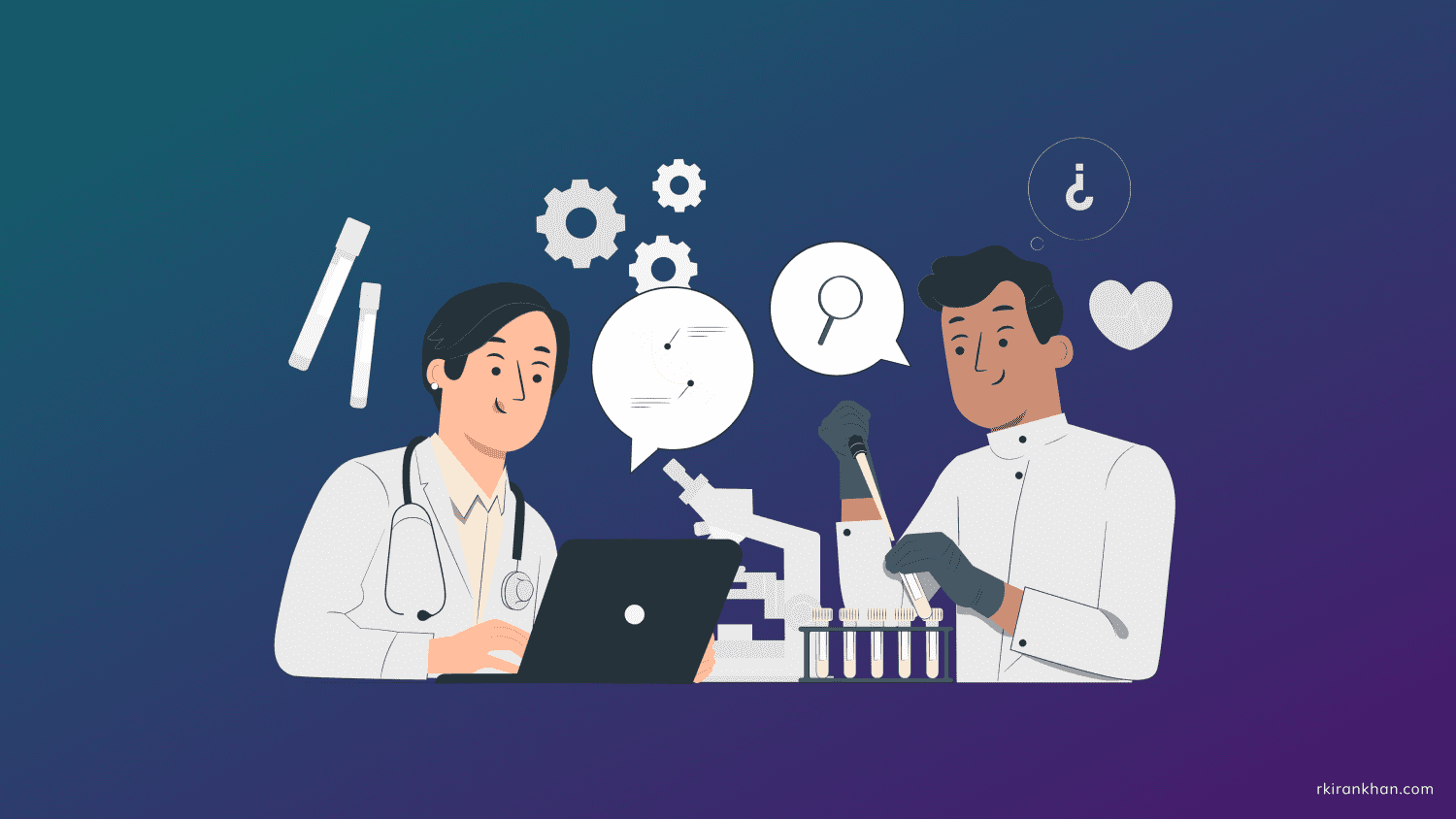An Opportunity for Designers to Help Revolutionize Telemedicine
Telemedicine has exploded in recent years, expanding access to healthcare services. But it’s missing an indispensable element of medical care: touch. Enter haptic technology.
Touch is a critical component of medical care, from diagnosis to treatment. But it’s taken a backseat since the COVID-19 pandemic spurred a shift to telemedicine. The remote delivery of health-related services and information is about 40 times higher than it was pre-pandemic, according to a July 2021 report from McKinsey & Company.
Telemedicine connects doctors and patients through high-resolution photos and video, but it’s not able to provide physicians the ability to touch. Haptic technology, which creates the sensation of touch through pressure, vibration, sound, and motion graphics, is poised to change that. This market, estimated to grow at a compound annual rate of 12% by 2026, opens up huge opportunities for designers with haptic skills and experience.
Haptics in Healthcare
Haptics are part of extended reality, which also includes augmented reality, mixed reality, and virtual reality (VR). When you type a message on your cellphone and the alphabet keys vibrate slightly with each stroke—giving the sense that you’re pressing them as if on a keyboard—that’s haptics. Another example is in video games, when the controller rumbles as you knock into an obstacle.
“Clinicians are interested in using haptic technology in telemedicine. They want to be able to conduct exams remotely—such as to palpate a patient’s abdomen or conduct neurological exams,” says Laurel Riek, director of the Healthcare Robotics Lab at the University of California San Diego. Riek’s lab is developing telemedicine robots that can grasp objects, open doors, and execute other tasks to allow healthcare workers to perform remote physical exams.
Research suggests that integrating haptic feedback into virtual reality telemedicine consultations enhances clinical outcomes. Haptics can add helpful information to two-dimensional scan images, such as whether tissue is hard or soft. It can also provide lifelike simulations for surgeons, increase healthcare access for people with disabilities, and improve control of smart prostheses.
It’s clear that haptic technology in medicine has huge potential for improving care—provided that the applications are intuitive and user-friendly, so healthcare providers can quickly and easily adopt and use them. That’s where designers come in: By prioritizing the user experience, they can help ensure both the success of haptics in medicine, and better health for patients.


Comments.
tempmail
I do not even know how I ended up here but I thought this post was great I dont know who you are but definitely youre going to a famous blogger if you arent already Cheers.